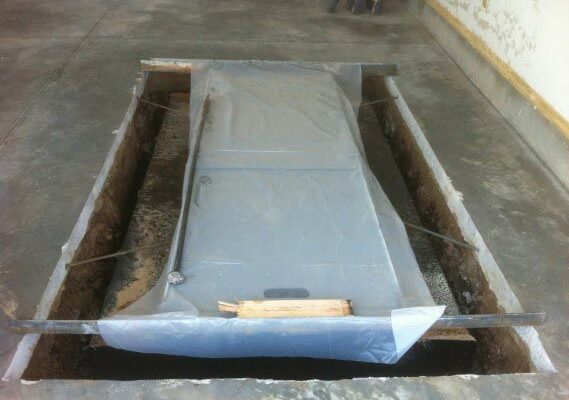

The methodology used in simulation-based clinical training, such as briefing and debriefing, 8 can facilitate group coordination and detect the weak points in a particular activity.

1), not only the use of personal protective equipment (PPE). The latter involves several different levels ( Fig. Most of the considerations set out in protocols for the management of pregnant woman with suspected or known SARS-CoV-2 infection include strategies to ensure maternal care and prevent infection in health personnel. To this is added the limitations of RT-PCR screening, where waiting times can sometimes be longer than the delivery itself, and a weak viral load or incorrect sampling can yield false negatives. One of the most complex scenarios to protocolize in this context is the management of the obstetric patient, as different units are involved: maternal-foetal units, ultrasound units, the delivery area, the surgical suite, and puerperium units. 1 All healthcare centres have had to tailor the treatment guidelines established by the health authorities 2 and/or scientific societies 3 to the ongoing changes in their local capacity and resources, while our scientific knowledge of the disease 4 and our experience in treating it increases. It has compelled us to redefine health models, prevention protocols, diagnosis, strategies and treatment. The current SARS-CoV-2 pandemic has been the largest global public health crisis this century. ConclusionesĮste modelo de análisis ha resultado una herramienta de gran valor en tres aspectos: la mejora del trabajo en equipo, la realización de protocolos de actuación consensuados y el establecimiento de propuestas efectivas para la adecuación de los protocolos. Se encontraron dificultades en la ejecución de los protocolos establecidos para la atención de la gestante COVID a nivel organizativo, estructural, de recursos materiales y de factores humanos. Se analizaron un total de 5 casos clínicos. Se analizaron de manera multidisciplinar las actuaciones ejecutadas utilizando las herramientas de la simulación briefing y debriefing, antes y después de cada caso.

MétodoĮstudio observacional descriptivo que incluye las cesáreas y partos de gestante COVID realizados en nuestro hospital. ObjetivosĪnalizar el impacto de la metodología basada en la simulación como herramienta de mejora de nuestra práctica clínica: dinámica de trabajo, efectividad y seguridad de todos los facultativos implicados en el manejo del parto en gestantes COVID y su utilidad para facilitar la adecuación de los protocolos, a un contexto clínico específico. Cada centro asistencial se ha visto impelido a adecuar las guías de tratamiento establecida por las distintas sociedades científicas. La pandemia actual de SARS-CoV-2 ha supuesto la mayor crisis socio-sanitaria mundial experimentada en el último siglo. Our results showed that the analysis example using simulation methodology was a tool of great value in three aspects: teamwork improvement, actions consent and improvement proposals for the adaptation and implementation of protocols. Organizational, structural, material resources and human factors obstacles were the most common. Difficulties were found in the execution of the protocols established for the care of the COVID pregnant. ResultsĪ total of 5 clinical cases were analyzed. The actions carried out in each procedure were analyzed using the simulation multidisciplinary briefing and debriefing tools, before and after each case. Methodĭescriptive observational study that includes the C-sections and deliveries of COVID pregnant women performed in our hospital. ObjectiveĪnalyze the impact of the methodology based on simulation as a tool to improve our clinical practice: work dynamics, effectiveness and safety of all the physicians involved in the management of labor in COVID pregnant women and its usefulness to facilitate the adaptation of protocols to a specific clinical context. Each healthcare center has been compelled to adapt the treatment guidelines established by the different scientific societies. The current SARS-CoV-2 pandemic has been the world's largest socio-health crisis experienced in the last century.


 0 kommentar(er)
0 kommentar(er)
